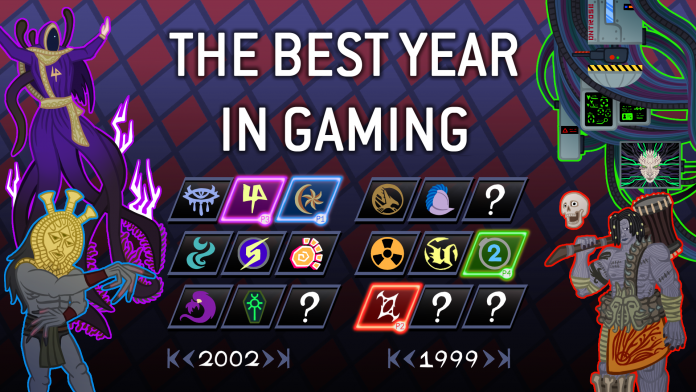Last year’s stacked lineup of games for the Game Awards had us thinking: What was the best year in gaming? As part of our series on determining gaming’s best year, we’re putting together an article on each year, charting the major releases and developments of the year, and talking about both their impact and what made them great.

The Year: 1978
1978 is a strong contender for the best year in gaming – probably the strongest of the decade as we look back at each year’s releases. ‘78 is the year which not only kicked off the golden age of arcades with the release of Space Invaders, but also marked the start of the home console craze when Atari secured the rights to port Space Invaders to their VCS home console. The massive popularity of Space Invaders would fuel a growth of arcades in the US and Japan that was as wild as it was unsustainable. Arcades started to rival convenience stores in number and popularity, and it became common to see arcade machines at movie theaters, roller rinks, malls, grocery stores, and restaurants. This growth would continue into the eighties, when the arcade boom would peak.
1978 would also see Atari’s first real competition for the home console market with the release of the Magnavox Odyssey 2, another console featuring swappable cartridges for its games. The Odyssey 2 put pressure on the Atari VCS over the next two years, but ultimately wouldn’t have the kind of game support it needed to be a real contender, lacking many third party releases.
Two years after the introduction of VHS and the VCR, MCA and Philips would release the Laserdisc, sold under the name MCA DiscoVision. The Laserdisc was an optical disc medium and early forerunner to the DVD and offered better video quality than VHS and Betamax. The large optical discs were great for storing video but not super useful for games, though they’d later be used for a number of popular arcade games such as Dragon Slayer, Space Ace, and Cliff Hanger.
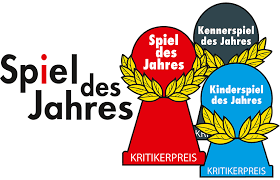
The Spiel des Jahres
Another sign of the maturing tabletop game industry, the Spiel des Jahres or German “Game of the Year” award was created in 1978 for analog games in German-speaking countries. The independent organization focused primarily on family-style games and “those games that seem best suited to promote the cultural asset of board games in society.” The organization would award its first winner a year later in 1979 and go on to add categories for complex games. The award is decided by a jury of board game critics from Germany, Austria, and Switzerland, and awarded to a game released in Germany in the prior year. The Spiel des Jahres is in many ways the Academy Awards of board games – a win typically acts as a major boost to a game’s sales – and the awards became a major driver for the German board game scene, improving the quality and quantity of games coming out of the country, which in turn helped make board games more popular in Germany. Many of the most popular board games in the United States now are former Spiel des Jahres winners.
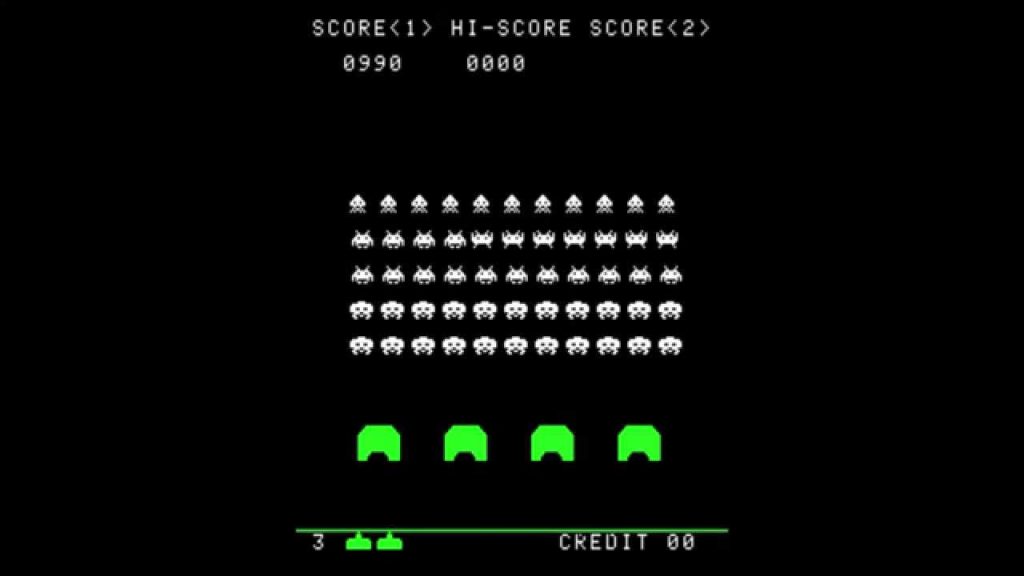
Space Invaders
Taito was no stranger to successful arcade games by 1978, having already published Speed Race and Western Gun. However nothing they’d done prior would compare to their blockbuster hit in 1978, Space Invaders. The premise is simple: Players control a spaceship with a gun defending their planet from five rows of alien ships, attempting to shoot them down before they can arrive at the bottom of the screen. The enemy ships can shoot back and players have four shields they can either shoot through or use for cover. Thanks to a quirk of the game’s hardware struggling to render all 55 alien ships, as invaders are killed the movement of the rest and the music speeds up, making the final enemies the hardest to kill – a happy accident which significantly improved the game. Space Invaders is a fun game and has legitimately challenging mechanics and strategy associated with it. It’s easy to learn but difficult to master. It was a massive hit in 1978, easily becoming the best-selling arcade game in the world for Taito, selling over one hundred thousand machines in Japan alone, grossing more than $670 million or roughly $3.2 billion in 2024 money. The game single-handedly put Taito atop the industry and ushered in the golden age of arcades.
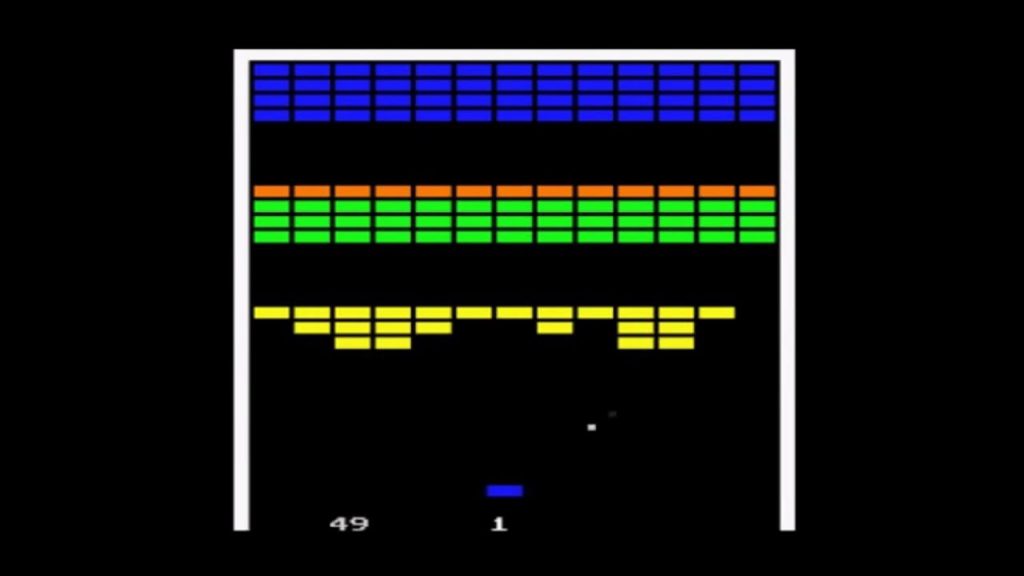
Super Breakout
The sequel to Atari’s hit Breakout, Super Breakout was released to arcades in September 1978. The game gave players three modes of play with different parameters, varying the number of balls in play, paddles controlled, and the behavior of the blocks. The game was also in full color, giving it a much more appealing presentation than its predecessor and most other arcade games of the day. Super Breakout was a standout entry in the non-Space Invaders entries of 1978, even if it was only iterating on a formula established a year prior.
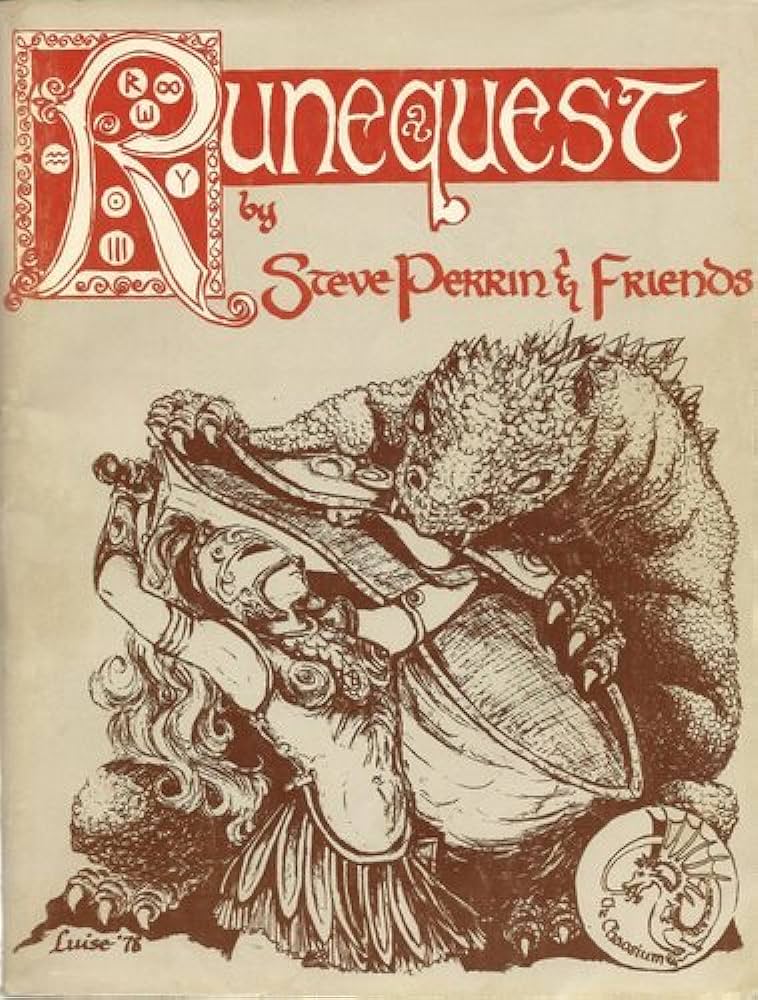
RuneQuest
In 1978 Chaosium published the first edition of RuneQuest, a fantasy tabletop role-playing game set in the world of Glorantha, a fantasy world designed three years earlier for the wargame game White Bear and Red Moon. While Dungeons & Dragons had its mechanical roots squarely in wargaming and more low-fantasy medieval settings, Glorantha is a much more high-fantasy setting, with a major emphasis on myths and legend, and conflicts between rival gods powered by the belief of their followers. Rather than having some classes with magic and some without, in RuneQuest, everyone has access to magic through runes and other sources, though how powerful their magic is will vary.
RuneQuest introduces a lot of ideas that Dungeons & Dragons did not, and focused heavily on creating and fleshing out the Glorantha world, something D&D lacked with its focus on rules over setting. As a game it was still a bit derivative of D&D but doing away with classes, level progression, and focusing more on percentile rolls gives it a unique feel while the game’s heavily fleshed-out magic system really brings the world of Glorantha to life. RuneQuest was very well received and essentially became the third pillar of the “big three” tabletop role-playing games alongside Dungeons & Dragons and Traveller.
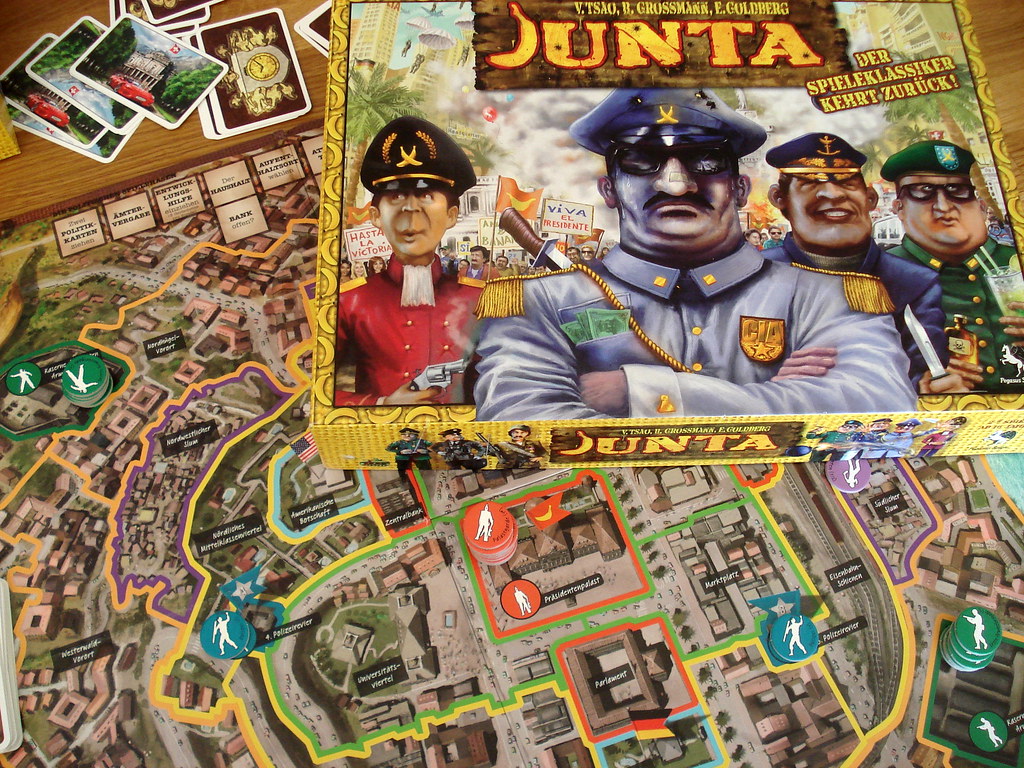
Junta
Published in 1978 by Creative Wargames Workshop, Junta is a game where players take the role of powerful families vying for political power and military control of a banana republic. Each round players take turns collecting and spending money, electing a player to be El Presidente, staging coups, and assassinating said Presidente. El Presidente nominates other players to cabinet positions, each with their own abilities, collects foreign aid money, and must carefully balance promising resources to his supporters with maintaining his own power to protect his neck. Junta is a fun time, with a ton of great opportunities for backstabbing and skullduggery and it’s really great at communicating its vibe. It’s also a great game to cosplay to, giving players a great reason to show up to the table in their best M. Bison-style outfits.
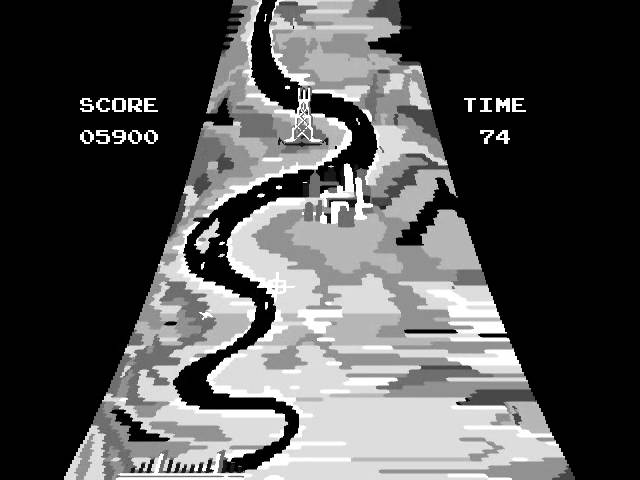
Skyraider
This vertical scrolling shooter from Atari has players play a fighter aircraft flying over enemy territory and shooting down enemies (which look disturbingly like commercial aircraft) and bombing targets (which look like power stations, oil fields, and bridges) with a controllable crosshairs. It’s particularly noteworthy for having graphics well above and beyond what you’d expect to see at the time, using a mirrored image to create an interesting effect on the scrolling playfield and giving the game a look much more advanced than anything else of the era.
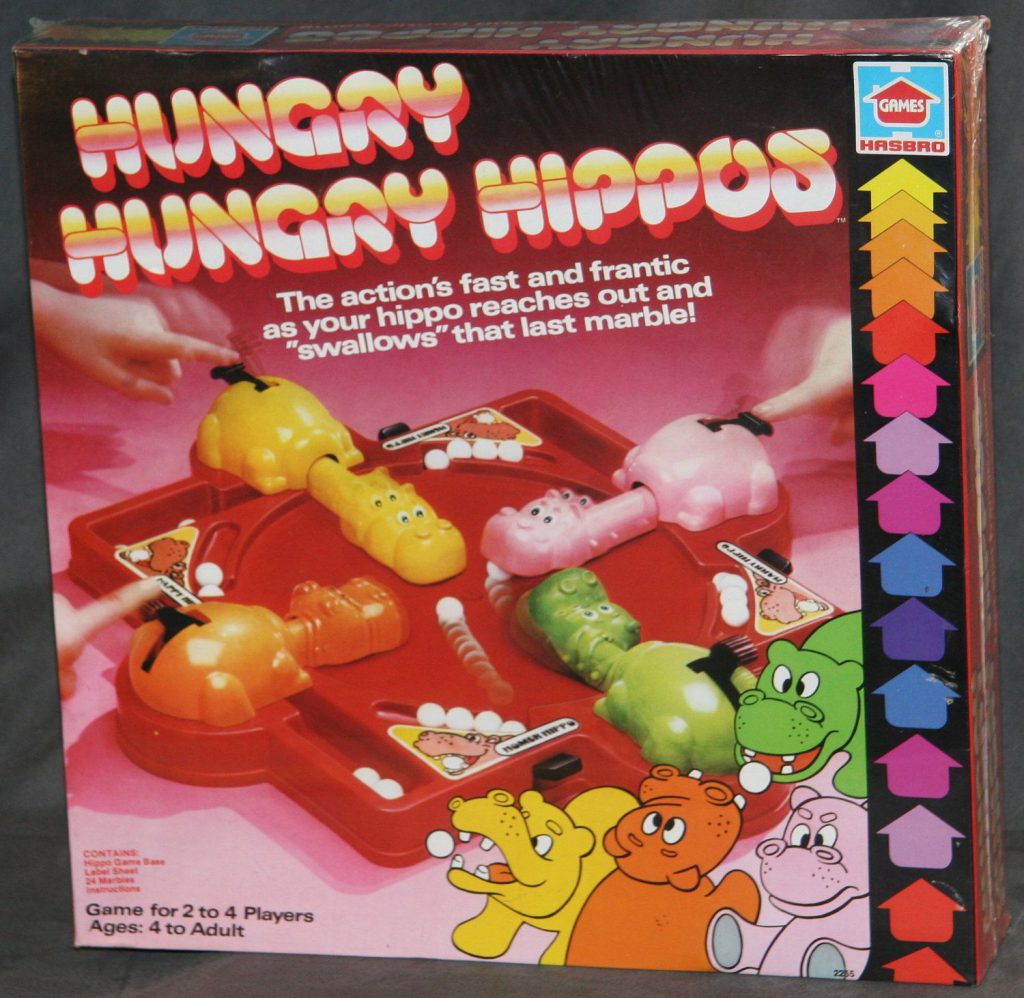
Hungry Hungry Hippos
Released by Hasbro in 1978, Hungry Hungry Hippos is a very toylike game where up to four players control plastic hippos which can be mechanically activated to rake in/eat marbles on the table. Players compete to see who can eat the most marbles in the shortest amount of time. The game is relatively simple but fairly novel and easy for much younger players to play and understand. It’s not a game with a ton of strategic depth but it is a bit of a classic and it’s hard to beat the accessibility of a game whose rules and premise can be delivered in a single, short sentence.

Beneath Apple Manor
The first Roguelike, Beneath Apple Manor was released in 1978 for the Apple II. In addition to being the first game to feature roguelike elements, it was the first top-down free-roaming RPG, and it was also the first RPG released for a home computer as opposed to a mainframe. The game combines basic graphics with descriptive text to model a 2d top-down dungeon. Players take the role of an adventurer with various stats, exploring procedurally-generated dungeons with between 4 and 20 rooms per level, fighting monsters, and collecting treasure to trade for stat boosts. The game is simple but fun, and while it likely didn’t influence 1980’s Rogue, it’s worth mentioning for nailing some of the same elements.
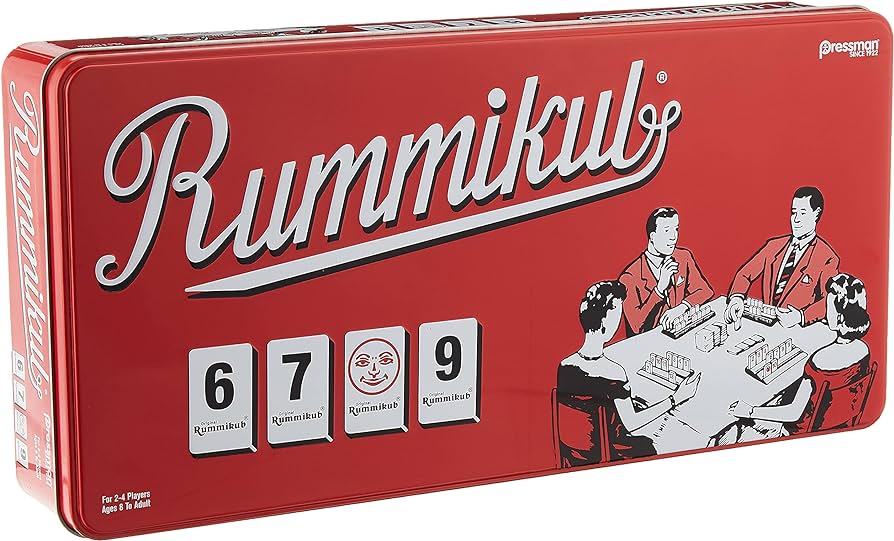
Rummikub
Rummikub was brought to the United States in the early seventies by Arline Kossoff and while it was already a bestseller as Israel’s best-selling export game. Kossoff translated the rules to English in 1977 and the game was republished in its current form in 1978. Rummikub would win the Spiel des Jahres in 1980 after its German release.
A tile-based version of rummy on the surface, Rummikub has players use numbered and colored tiles from their hands (racks) to create and add to “runs” – strings of three or more sequentially numbered tiles, and “sets” – groups of three or more tiles of the same number but with different colors. These runs are played publicly to the table. However beyond this, the game diverges significantly in some interesting ways. The goal in Rummikub is to be the first player to empty their hand/rack of tiles. Most notably (and unlike Rummy), players in Rummikub are allowed to manipulate runs and sets on the table however they like within an oft-neglected two-minute time limit.
A set or run must have at least 3 tiles. As long as this rule is maintained you can remove, add, replace, or separate groups of tiles on the main table as needed. Is the Yellow 3 you need sitting on the table in a group of four 3s? Grab it and use it to make a run with your Yellow 1, 2, and 4. This often means that later turns in Rummikub involve lots of deliberating and manipulation of the board, shifting around and breaking up sets and runs, swapping for one of the game’s two joker tiles, trying to figure out the exact combination that will allow a player to play just one more tile from their hand. Early rounds of the game often see players groaning as someone takes away a key play while later rounds turn into more of a puzzle as players figure out the exact configuration of tiles they need.
Because of its easy emphasis on colors and numbers, Rummikub makes a fantastic family game that can easily incorporate younger players. There’s some arithmetic required – you need to be able to add numbers up to 30 so you can make your initial play – but the game is easy to understand, quick to learn, and games take about 20 minutes to play. Rummikub isn’t much of a gateway to more serious board games, but it’s one of the best family games ever made.

Swords & Sorcery
A fantasy wargame released in 1978 by SPI, Swords & Sorcery combines a questing RPG board game with a standard hex-based wargame, making it feel and play like two games in one. In some ways that’s preferable to more combined games like D&D, where combat in the theater of the mind can sometimes be inadequate from a rules standpoint. The game was in most respects SPI’s attempt to break into the suddenly-crowded fantasy tabletop games market and they put out a good effort with this pretty lighthearted game.

The Campaign for North Africa
More an arthouse experiment than an actual game, The Campaign for North Africa is widely regarded as the longest and most complicated board game ever made. A strategic wargame covering the entire North African campaign, players take turns planning raids, distributing supplies, calculating water spillage, determining initiative and weather, distributing water, training troops, moving units, repairing ships, fighting, moving trucks, convoys, and reserves, conducting air missions, making patrols, and repairing ships, to name a few things, for 100 turns, with each turn representing about a week of real time. A full game of The Campaign for North Africa is estimated to take 1,500 hours to complete, which means that you and a group of friends could easily play the same game for decades. And it’s not even the most historically accurate game – there’s plenty of small things the game somehow misses or messes up intentionally. In fact, that’s kind of the point: The game is in many ways, a joke (even its creator says so), and the fun is more in the rules and the game’s mere existence. Still, if you and some friends have a decade to kill and don’t want to try any other games, you can fight over North Africa.
https://kotaku.com/the-notorious-board-game-that-takes-1500-hours-to-compl-1818510912
Why It Was the Best Year in Gaming
1978 rests its case on a smaller number of extremely good games, particularly on the tabletop side of things. RuneQuest is one of the most important tabletop RPGs ever printed providing a stellar competitor to Dungeons & Dragons with a massive focus on the game world which would later come to dominate D&D’s focus. Rummikub was (and is) an all-timer in the family game space, with a game that’s truly fun and satisfying to play. Junta has some immaculate vibes and is just a great time to play.
On the video game side, the release count is small but Space Invaders is one of the all-time greats when it comes to gaming – a game so good it single-handedly redefined and invigorated the arcade scene. Like Pong before it, the game has a legitimate case for being on the gaming Mt. Rushmore; RuneQuest is a strong contender as well. After a late release in 1977, the Atari VCS also started to pick up steam, gaining ten more titles in October 1978, including Breakout, Space War, Slot Racers, and Outlaw. 1978 is really the first year in our project with real home console play resembling the modern era.
This article is part of a larger series on the best year in gaming. For more years, click this link. Have any questions or feedback? Drop us a note in the comments below or email us at contact@goonhammer.com.
